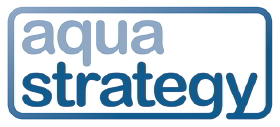Issue:
The European Commission has proposed controls on cadmium as part of a revision of regulations on fertiliser products. Keith Hayward looks at the background to the proposals and the reaction of the inorganic fertiliser industry.
The European Commission’s proposals for revision of the EU Fertiliser Regulation are a welcome move to increase use of organic sources of fertiliser. These regulations set standards that allow products to be certified for use across the EU. Inorganic fertilisers are covered by the existing regulations. The intention is that inclusion of organic sources will help expand their use as part of a move towards a circular economy in Europe.
The move is intended in part to help reduce reliance on inorganic fertiliser, not least because phosphate rock they use has been added to the EU’s list of critical raw materials. These are substances with a high economic importance to the EU and a high risk associated with their supply. Phosphate rock was one of six materials added to the list in 2014.
The regulations aim in particular to level market opportunities across the EU. Organic products currently have to obtain approval on a country-by-country basis, while inorganic products meeting the requirements of the regulation are approved for use across the European market. In that sense, the proposals strengthen the position of organic fertilisers and weaken the nonetheless dominant position of inorganic ones. On top of this, the proposals seek to introduce controls on cadmium in fertiliser products. They include limits for both organic and inorganic fertilisers, but for the inorganic fertiliser industry they represent a further negative impact on their market position because of the relatively high cadmium concentrations that can be present in phosphate rock.
To view the full content of Aqua Strategy, subscribe here and get instant access.
Keywords:
- Europe, resource recovery






